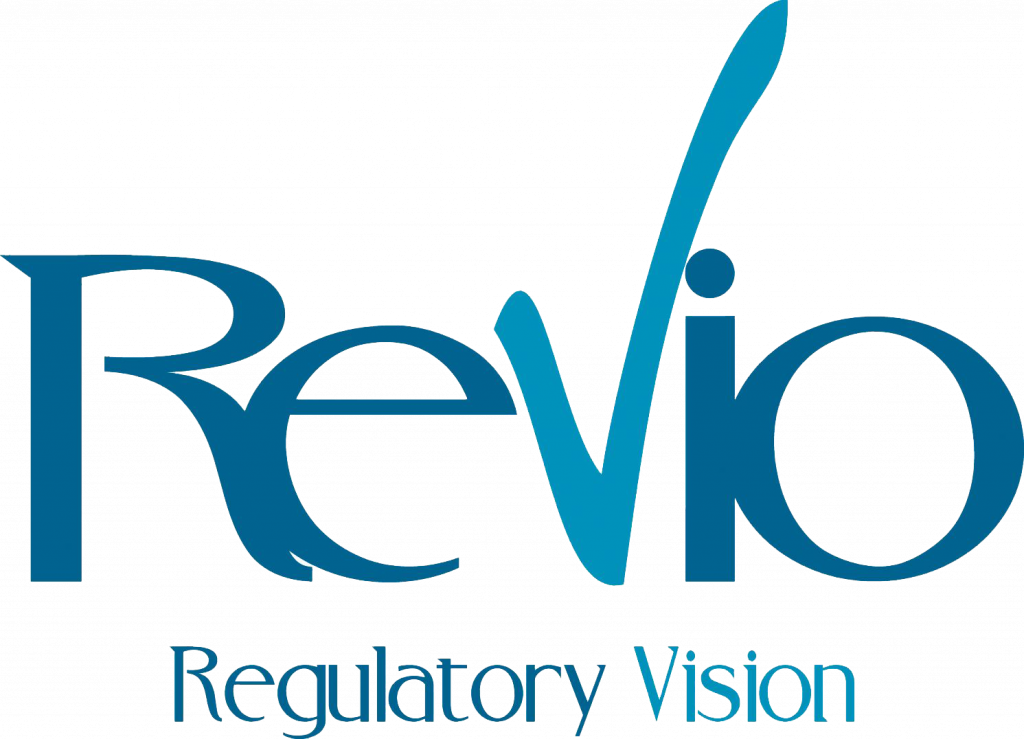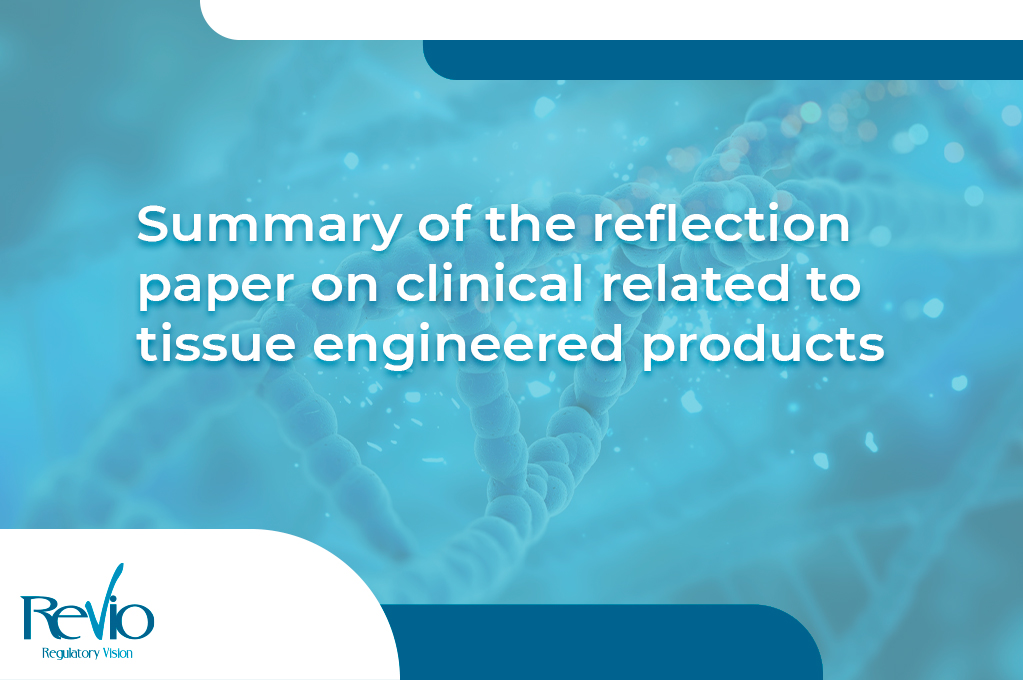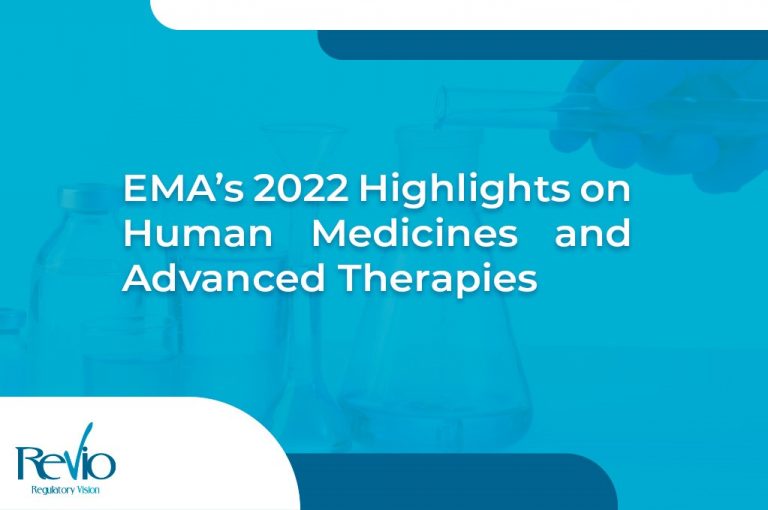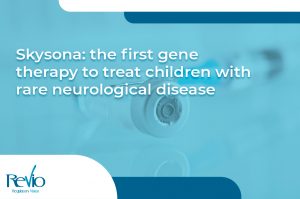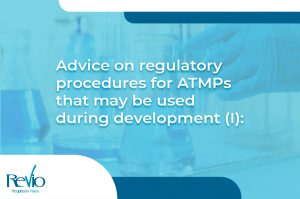Today, from Revio, we would like to share with you a summary of the Reflection paper on clinical aspects related to tissue engineered products (EMA/CAT/573420/2009) adopted 19 September 2014.
Tissue engineered products (TEPs) are complex medicinal products intended to regenerate, repair or replace part of or whole human tissue. As an advanced therapy medicinal product (ATMP), guidance on these products also applies to TEPs, like:
- The Guideline on the risk-based approach (EMA/CAT/CPWP/686637/2011). That applies on a case-by-case basis and is intended to support the developer in risk analysis and planning of the development program.
- Or the Guideline on human cell-based medicinal products (EMEA/CHMP/410869/2006). Developer should read it in conjunction with this Reflection paper.
General comments on tissue engineered products
Tissue functionality of the regenerated, repaired or replaced tissue and its persistence in the human body are specific attributes of TEPs. Clinical endpoints should keep them in mind.
The heterogeneous character of TEPs, concerning the origin and nature of starting material, as well as their therapeutic indication influencing the risk profile and intended effects, requires scrutinized and innovative development approaches.
Therapeutic Claim
The therapeutic claim should be full or partial regeneration, repair or replacement of the target tissue. Parameters reflecting the therapeutic claim should be predefined. Physiological parameters and values of the target tissue are the one measured in tissue of healthy individuals. If full restoration of these parameters is not achieved, this should be fully justified.
Pharmacodynamics
PD studies should define the time administered product require to reach and to maintain predefined physiological parameters. In case of combined products, PD studies should refer to the combination of cellular and non-cellular components (e.g., collagen, ceramic…).
Pharmacokinetics
Long term efficacy is based on the persistence of the cells or tissues themselves while for other components of the TEP will be substituted in time with endogenously derived cells and matrix. PK studies should reflect the persistence and biodistribution of the functional cells and/or other components of the TEP, where relevant. Furthermore, non-clinical studies should address issues regarding biodistribution.
An evaluation of the proposed lifespan of the TEP might need to be considered for groups of patients depending on age, sex, ethnic group and/or disease status in line with the intended indication. For example, the intended therapeutic effect of a TEP in elderly recipients could be less efficient due to age-related degeneration, imbalance of tissue homeostasis and deficient tissue repair properties.
In cases where matrix, scaffolds or biologically active substances are administered together with cells for the purpose to produce or organize normal tissue/organ architecture, PK should be conducted with the combination, unless justified.
Dose
Dose selection (I.e., cell density or concentration) should be based on findings from quality and non-clinical product development, as far as possible. Dose finding studies in the clinical setting should be conducted where feasible.
Efficacy endpoints
Additional cell- and tissue-specific endpoints may be required such as biochemical, morphological, structural, and functional parameters, which are relevant for the targeted therapeutic claim.
If the endpoint represents the normal value for a physiological characteristic of a tissue being replaced, restored, or regenerated, a formal clinical trial may not be required to validate this endpoint. In cases where long-term efficacy is expected, endpoints should also focus on the duration of the response.
Study design
- Blinding: due to the nature of TEPs and non-product related factors (e.g., surgical procedure) blinding of the physician and/or patients may not be feasible.
- Comparator: if an active comparator is not available, the comparison to best standard of care or treatment with a placebo could be accepted as concurrent control for the confirmative clinical study.
- Duration of the trials: long term efficacy and safety follow-up should be conducted and reported post-marketing. Non-invasive markers or parameters to follow long term safety and efficacy are to be presented and justified by the developer.
Clinical safety
The sponsor in expected to present and justify the choice of endpoints including both short-term and long-term aspects. A thorough risk analysis Is recommended to be conducted early on to guide safety studies of the tissue engineered products.
Developers should consider rescue strategies in cases of treatment failure and other severe adverse events, both when planning clinical trials and for commercialization.
This is some of the information you need to know if you are interested in development of tissue engineered products. Nevertheless, we have launched a dedicated webpage to bring you the latest updates, guidance and developments. You can also follow us on LinkedIn.
We hope you find this useful and of interest. If you would like to discuss any of these updates with the team at REVIO, please get in touch here.
If you want to know more, check out the official guideline here.
